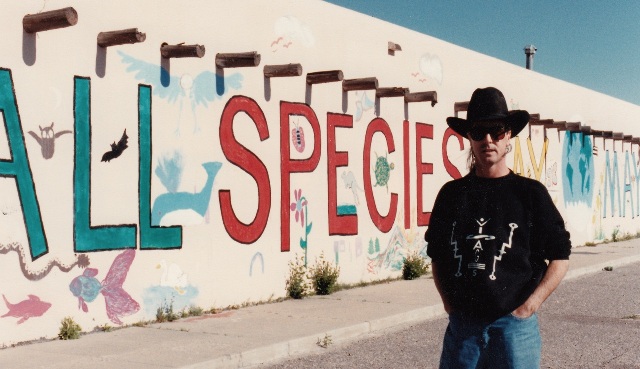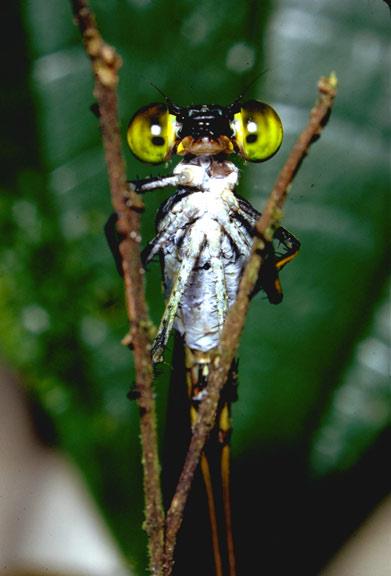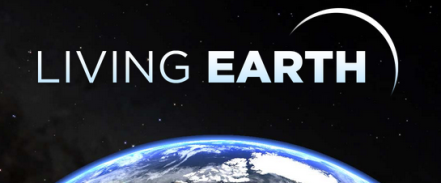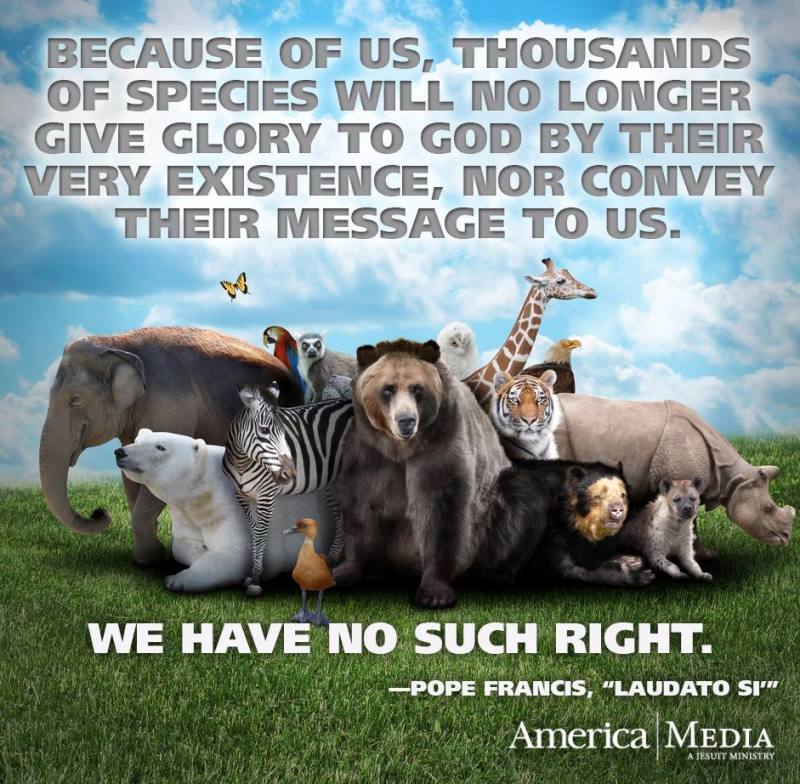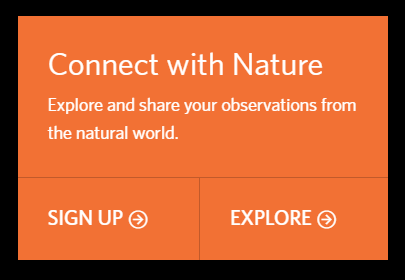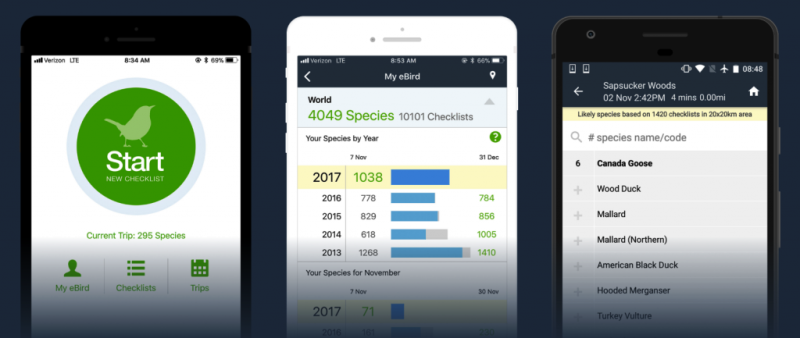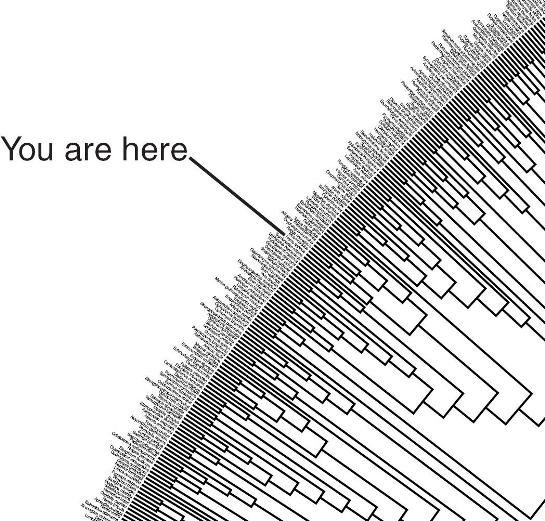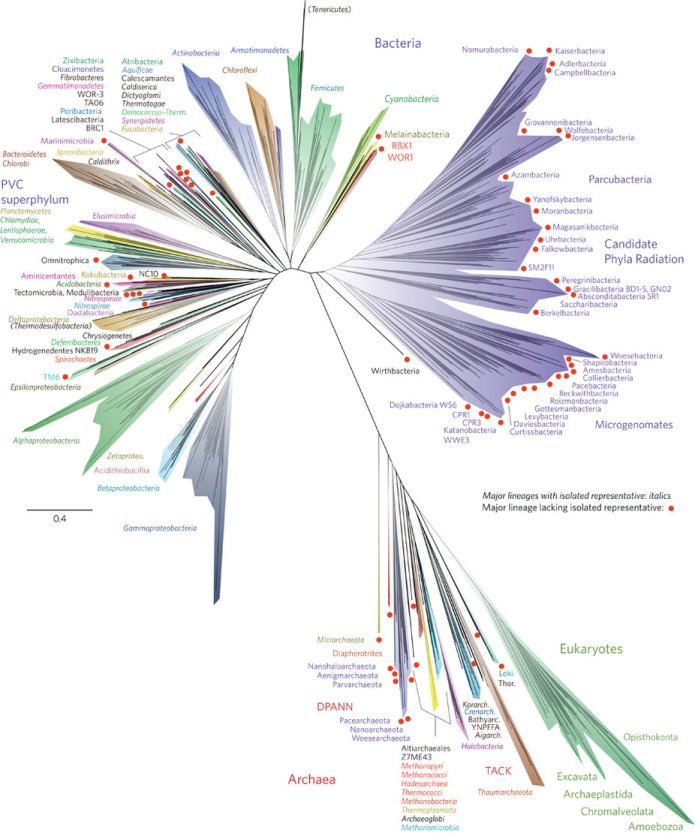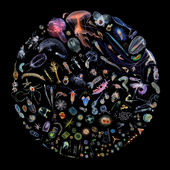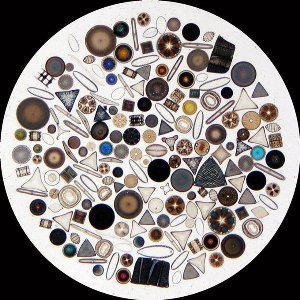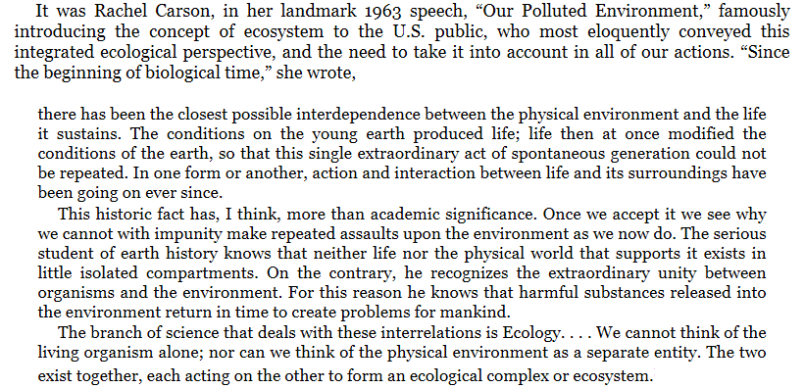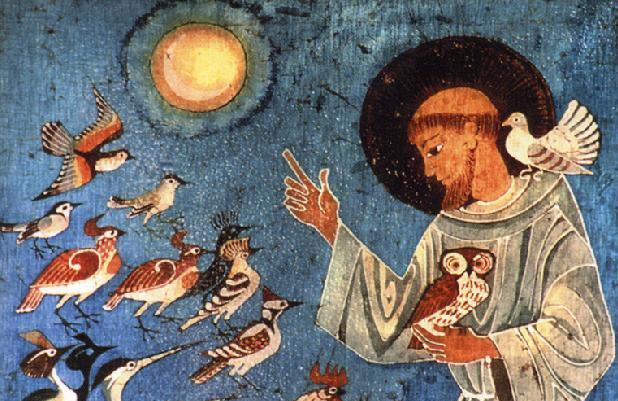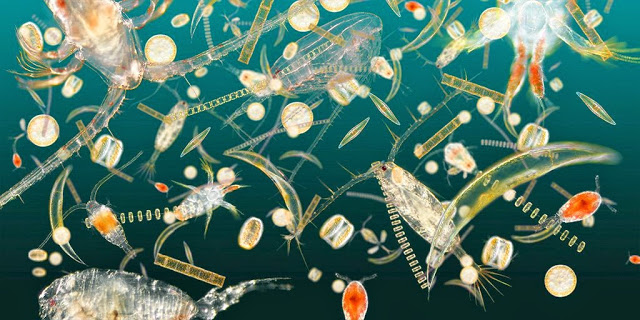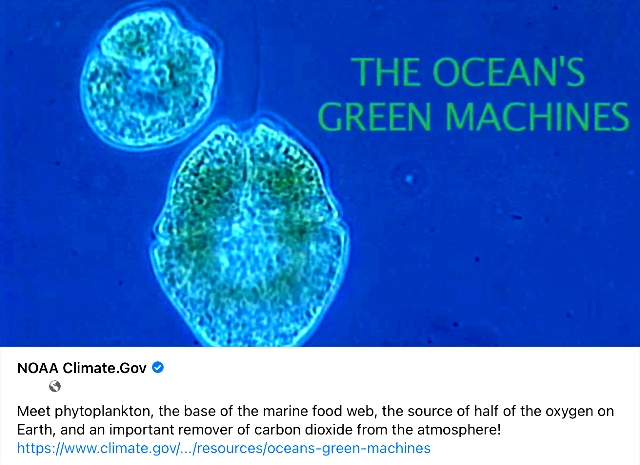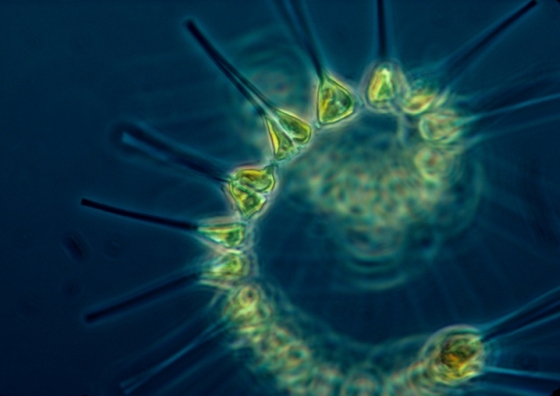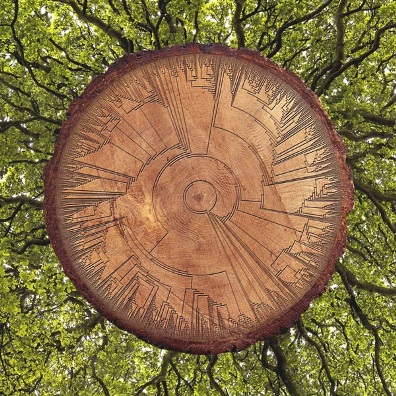All Species Day: Difference between revisions
Siterunner (talk | contribs) No edit summary |
Siterunner (talk | contribs) No edit summary |
||
| Line 63: | Line 63: | ||
; <big><big> ''Citizen | ; <big><big> ''Call for Planet Citizen Action'' </big></big> | ||
: [https://www.greenpolicy360.net/w/Category:Planet_Citizens,_Planet_Scientists ''Planet Citizens, Planet Scientists''] | : [https://www.greenpolicy360.net/w/Category:Planet_Citizens,_Planet_Scientists ''Planet Citizens, Planet Scientists''] | ||
| Line 78: | Line 78: | ||
:• http://www.greenpolicy360.net/w/Tree_of_Life | :• http://www.greenpolicy360.net/w/Tree_of_Life | ||
[[File:Living Earth.png]] | |||
<big><big>'''Challenge: To Preserve and Protect Life on Planet Earth'''</big></big> | |||
[[Planet Citizen Vision of Living Earth]] | |||
* https://www.greenpolicy360.net/w/Planet_Citizen_Vision_of_Living_Earth | |||
<big><big>'''The Living Planet Index (LPI)'''</big></big> | |||
Tracking the health of nature over 50 years | |||
The Living Planet Index (LPI)—which tracks populations of mammals, birds, fish, reptiles, and amphibians—reveals an average 69% decrease in monitored wildlife populations since 1970. The 2022 LPI analyzed almost 32,000 species populations. It provides the most comprehensive measure of how they are responding to pressures in their environment. | |||
<big>'''Living Planet Report 2022'''</big> | |||
Via the World Wildlife Fund (WWF) | |||
* https://livingplanet.panda.org/en-US/ | |||
'''Wildlife populations plummet by 69%''' | |||
The Living Planet Report 2022 is a comprehensive study of trends in global biodiversity and the health of the planet. This flagship WWF publication reveals an average decline of 69% in species populations since 1970. While conservation efforts are helping, urgent action is required if we are to reverse nature loss. | |||
'''Interlinked emergencies: Climate change and biodiversity loss''' | |||
The evidence is unequivocal—we are living through the dual crises of biodiversity loss and climate change driven by the unsustainable use of our planet’s resources. Scientists are clear: unless we stop treating these emergencies as two separate issues neither problem will be addressed effectively. | |||
'''Our broken relationship with nature''' | |||
Climate change and biodiversity loss are not only environmental issues, but economic, development, security, social, moral, and ethical issues too. Industrialized countries are responsible for most environmental degradation but it is developing nations that are disproportionately impacted by biodiversity loss. We all have a role to play in building a nature-positive society that safeguards the planet for the good health of everyone. | |||
🌎 | |||
<big><big>'''Environmental Protection, a Movement to Secure a Livable Future'''</big></big> | |||
: <big>'''[[Environmental protection]]'''</big> | |||
Revision as of 18:36, 13 October 2022
This year's Earth Day is Protect Our Species and draws draw attention to rapid global destruction and reduction of the world's plant and wildlife populations.
"All living things have an intrinsic value, and each plays a unique role in the complex web of life. We must work together to protect endangered and threatened species."
- • April 22nd, Earth Day / https://www.earthday.org/campaigns/endangered-species/earthday2019
Siterunner / All Species projects build a sense of community while reestablishing our connection to the natural world.
GARY SNYDER, in his book "The Practice of the Wild", talks about riding in a pickup truck in Australia with an aborigine. As they were traveling along, the man was telling stories at an 'amazing pace, too fast for them to be told properly'. Snyder wonders why the hyperactive story-telling. He finally discovers that important knowledge of the man's tribe is recited as the tribe moves along in the bush. Each feature of the landscape relates to a specific story or part of a story.
At the speed of a moving pickup, of course, the stories had to be told faster....
- Steven Schmidt -- human species
- Santa Fe, NM
- With your GreenPolicy Siterunner in Santa Fe circa 1989 on All Species Day. Looking back and looking forward to the challenges of affirming and protecting diversity of life in the midst of the "Sixth Extinction"
- Santa Fe - 'holy faith' in Spanish - was named in memory of the 'holy faith of St. Francis of Assisi', the patron saint of animals and ecology.
A tip of the hat to the first Catholic pope to choose to name himself after St. Francis, and to his encompassing Laudato Si eco-encyclical offered in 2015 as the Catholic Church sets forth a vision of green values and action.
Pope Francis on the Environment
- ··················································
- Life in Its Diversity 360
- Human species responsibility to preserve and protect
··································
- Call for Planet Citizen Action
Challenge: To Preserve and Protect Life on Planet Earth
Planet Citizen Vision of Living Earth
The Living Planet Index (LPI)
Tracking the health of nature over 50 years
The Living Planet Index (LPI)—which tracks populations of mammals, birds, fish, reptiles, and amphibians—reveals an average 69% decrease in monitored wildlife populations since 1970. The 2022 LPI analyzed almost 32,000 species populations. It provides the most comprehensive measure of how they are responding to pressures in their environment.
Living Planet Report 2022
Via the World Wildlife Fund (WWF)
Wildlife populations plummet by 69%
The Living Planet Report 2022 is a comprehensive study of trends in global biodiversity and the health of the planet. This flagship WWF publication reveals an average decline of 69% in species populations since 1970. While conservation efforts are helping, urgent action is required if we are to reverse nature loss.
Interlinked emergencies: Climate change and biodiversity loss
The evidence is unequivocal—we are living through the dual crises of biodiversity loss and climate change driven by the unsustainable use of our planet’s resources. Scientists are clear: unless we stop treating these emergencies as two separate issues neither problem will be addressed effectively.
Our broken relationship with nature
Climate change and biodiversity loss are not only environmental issues, but economic, development, security, social, moral, and ethical issues too. Industrialized countries are responsible for most environmental degradation but it is developing nations that are disproportionately impacted by biodiversity loss. We all have a role to play in building a nature-positive society that safeguards the planet for the good health of everyone.
🌎
Environmental Protection, a Movement to Secure a Livable Future
IPBES, Biodiversity and Extinction
iNaturalist.org
- Identify Anything, Anywhere, Instantly (Well, Almost) With the Newest iNaturalist App
······································································
Via the NY Times, May 6, 2019 / Humans are transforming Earth’s natural landscapes so dramatically that as many as one million plant and animal species are now at risk of extinction, posing a dire threat to ecosystems that people all over the world depend on for their survival, a sweeping new United Nations assessment has concluded.
The 1,500-page report, compiled by hundreds of international experts and based on thousands of scientific studies, is the most exhaustive look yet at the decline in biodiversity across the globe and the dangers that creates for human civilization. A summary of the global biodiversity report findings, which was approved by representatives from the United States and 131 other countries, was released Monday in Paris. The full report is set to be published this year.
Via the Associated Press / UN report: Humans accelerating extinction of species
According to Mike Barrett, World Wildlife Fund's Executive Director of Conservation and Science: “All of our ecosystems are in trouble. This is the most comprehensive report on the state of the environment. It irrefutably confirms that nature is in steep decline.”
(Source: Jonathan Watts, Biodiversity Crisis, Humanity at Risk, UN Scientists Warn, The Guardian, May 3, 2019)
Tags: #Biodiversity #Extinction #Sustainability #Wildlife
A new effort to save birds pinpoints in amazing detail where they fly
by Anders Gyllenhaal / Excerpt via the Washington Post and wire services
For years, as California's Central Valley grew into the nation's leading agricultural corridor, the region gradually lost almost all of the wetlands that birds, from the tiny sandpiper to the great blue heron, depend on during their migrations along the West Coast.
But a dramatic turnaround is underway in the valley. Dozens of farmers leave water on their fields for a few extra weeks each season to create rest stops for birds. The campaign has not only helped salvage a vital stretch of the north-south migration path called the Pacific Flyway but also tested a fresh model for protecting wildlife.
The experiment is built on new research by the Cornell Lab of Ornithology, which blends the sightings of tens of thousands of birdwatchers with satellite photos and wildlife data. The combination produces digital maps so precise that they can predict when and where birds will come through, so that farmers know when to flood their fields.
"The amount of information in these maps is way beyond what any single source or even combination of sources could give you, said Marshall Iliff, project co-leader of Cornell's eBird Project. "It's on a scale that's never been done before.
At a time when 40% of the Earth's 10,000 bird species are in decline, according to the State of the World's Birds 2018 report, the still-developing eBird Project helps to remake traditional conservation.
More than 400,000 birders have sent in 34 million lists of species in the United States and dozens of other countries in recent years. That makes this the largest citizen-science effort to date. Birders have reported seeing almost every species on Earth.
As the data have poured in, the research started to reveal important, concrete findings about how birds are adjusting to changing climates.
They show how species such as the American bald eagle, a major conservation success story, can be found in every state as its numbers and habitat expand. They show how other birds, such as some hummingbirds and warblers, struggle to adapt to warming trends, which are trimming breeding seasons and reducing their numbers.
Last fall, Cornell launched the stunning animated maps, which bring the migration to life by converting somewhat dry data into video illustrations that show routes birds take over the course of a year.
'The Global Big (Bird) Day'
- • https://cornellsun.com/2019/04/29/global-big-day-24-hour-extreme-birding-event-to-take-place-may-4/
············································································
Citizen Science - Green Research & Science
The early Greeks and Romans had a well established set of taxonomic names for species of animals and plants, based upon the macroscopically observable characteristics of organisms, with Aristotle being the chief architect of this codification; even earlier, the Egyptians and Cretans developed basic symbols and names for species important in farming and culture. It was not until the year 1686 when English naturalist John Ray introduced the concept that species were distinguished by inevitably producing the same species, though considerable morphological variation was observed within a species.
Carl Linnaeus (1707–1778) formalized the taxonomic rank of species, and developed the two part naming system of binomial nomenclature that survives to current times, with genus and species names in Latin form.
Estimation of species numbers
Since most of the planet's species are deemed to be undiscovered, it is exceedingly difficult even to estimate the total number of species on Earth. An 2011 innovative study estimated the total number of species to be about 8.7 million, with around 86 percent of which are presently undiscovered.[2] The following represents a rough approximation of the number of species by taxonomic group, with ranges given for varying estimates of the species numbers:
Bacteria: 5,000,000 to 10,000,000
Archaea: 20,000 (based upon only marine species)
Eukarya: 1,660,000
Of the described eukarya species 1,600,000 based on described species, including:
297,326 plants, including:
15,000 mosses
12,000 ferns
1,025 fern allies
980 gymnosperms
258,650 angiosperms
199,350 dicotyledons
59,300 monocotyledons
9,671 red and green algae
2,849 brown algae
100,000 fungi (of an estimated total 1,500,000 other non-animals) including:
25,000 lichens,
16,000 mushrooms
30,000 red, brown and blue-green molds
17,000 conidial fungi
1,260,000 animals, including:
1,203,375 invertebrates:
950,000 insects
81,000 mollusks
50,000 crustaceans
2175 corals
130,200 others
59,811 vertebrates:
29,300 fish
6199 amphibians
8240 reptiles
9956 birds
5416 mammals
○
Endangered
Endangered species...
○ ○ ○ ○ ○ ○ ○
Warming Oceans Phytoplankton & Photosynthesis
The 'tiny little ones' -- www.tinybluegreen.com
○
"It's All Connected..."
- ·····················································································
○ ○ ○ ○ ○ ○ ○ ○ ○ ○ ○
Protecting Life on Earth
The 8 Million+ Species We Don’t Know
By Edward O. Wilson / NY Times
https://www.nytimes.com/2018/03/03/opinion/sunday/species-conservation-extinction.html
Tom and Ed, Pioneering Conservation Biology
Thomas Lovejoy and Edward O. Wilson
The two scientists first met in the mid-nineteen-seventies. At that point, Wilson was in his mid-forties, and teaching biology at Harvard. Lovejoy, a dozen years younger, was working for the World Wildlife Fund. Over lunch, they got to talking about where the W.W.F. should focus its efforts. They agreed that it should be in the tropics, because the tropics are where most species actually live. There wasn’t a good term for what they were trying to preserve, so they tossed one around—“biological diversity”—and put it into circulation. “People just started using it,” Lovejoy recalled, in an interview in 2015. (Later, the phrase would be shortened to “biodiversity.”)
Destruction of Life, Large 'Charismatic' Creatures & "Tiny Little Ones"
The most striking fact about the living environment may be how little we know about it. Even the number of living species can be only roughly calculated. A widely accepted estimate by scientists puts the number at about 10 million. In contrast, those formally described, classified and given two-part Latinized names (Homo sapiens for humans, for example) number slightly more than two million. With only about 20 percent of its species known and 80 percent undiscovered, it is fair to call Earth a little-known planet.
To effectively manage protected habitats, we must also learn more about all the species of our planet and their interactions within ecosystems.
The best-explored groups of organisms are the vertebrates (mammals, birds, reptiles, amphibians, fishes), along with plants, especially trees and shrubs. Being conspicuous, they are what we familiarly call “wildlife.” A great majority of other species, however, are by far also the most abundant. I like to call them “the little things that run the world.” They teem everywhere, in great number and variety in and on all plants, throughout the soil at our feet and in the air around us. They are the protists, fungi, insects, crustaceans, spiders, pauropods, centipedes, mites, nematodes and legions of others whose scientific names are seldom heard by the bulk of humanity. In the sea and along its shores swarm organisms of the other living world — marine diatoms, crustaceans, ascidians, sea hares, priapulids, coral, loriciferans and on through the still mostly unfilled encyclopedia of life.
Do not call these organisms “bugs” or “critters.” They too are wildlife. Let us learn their correct names and care about their safety. Their existence makes possible our own. We are wholly dependent on them.
·······························
Phytoplankton & Photosynthesis
Plankton: The Ocean Food Chain & Atmospheric Oxygen
"Tiny Blue Green"
- More than Meets the Eye
"A single kind of blue-green algae in the ocean produces the oxygen in one of every five breaths we take"
- ~ from "The World Is Blue: How Our Fate and the Ocean’s Are One" by Sylvia Earle
Visit:
www.tinybluegreen.com @GreenPolicy360
Seventy percent of the Earth's surface is ocean and here, in myriad life forms, "tiny blue-green" organisms are essential to preserving life on the planet
○
The Unseen and the Seen
From the Unseen 'Tiny Little Ones'
To the Richest Biosphere of Species on Earth, the Rainforest Canopy
- The Cradle of Life
- Innumerable Species Being Born
Why we need to protect life up above
~
- Anthropocene
- Alternative Agriculture
- Biodiversity
- Bioneers
- Bioregionalism
- Biosphere
- Citizen Science
- Climate Change
- Earth Law
- Earth Science
- Ecology Studies
- Endangered Species
- Environmental Protection
- Environmental Security
- Extinction
- Ecoregions
- Fisheries
- Forests
- Green Best Practices
- Green Politics
- Land Ethic
- Microbiology
- Natural Capital
- Natural Resources
- Ocean Ecosystem
- Ocean Science
- Ocean Sustainability
- Oceans
- Permaculture
- Planet Citizen
- Planet Citizens
- Planet Citizens, Planet Scientists
- Rainforest
- Resilience
- Rights of Nature
- Soil
- Strategic Demands
- Sustainability
- Sustainability Policies
- Wildlife
